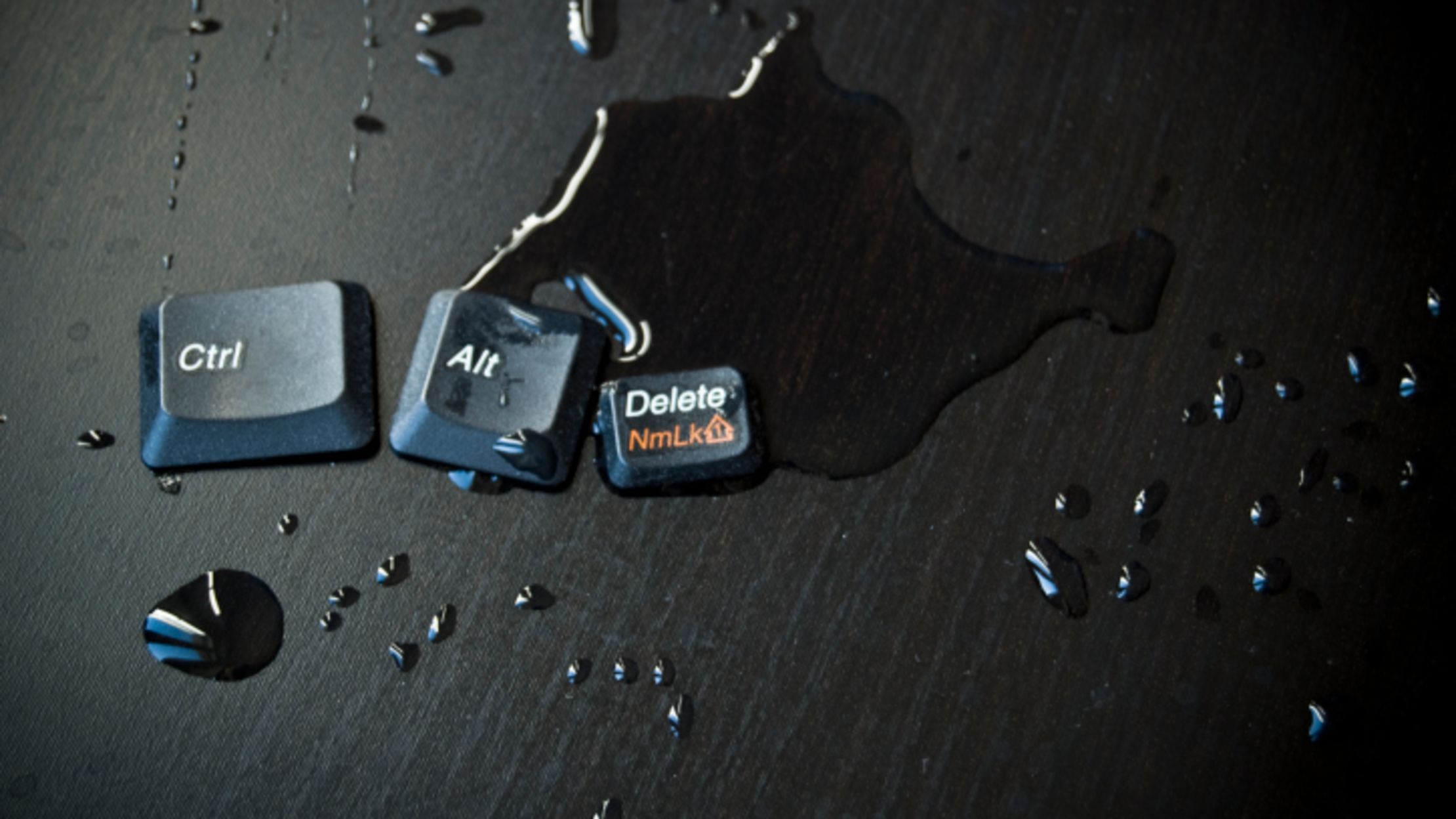

There are two important things to keep in mind in this step:
DELETE HISTOR ORIGIN GITKRAKEN SERIES
Step 3: telling Git what you want to doĪfter starting the interactive rebase session, you’ll be presented with an editor window where Git lists a series of commits - from the latest commit, all the way to (but not including) the one you picked as a base commit in Step 1. Alternatively, I also could have provided a specific SHA-1 hash. In this example, I’ve used HEAD~3 to specify the commit that’s “3 behind the HEAD commit”. We’re using the git rebase command with the -i flag (to indicate we indeed want it to be “interactive”) and provide the base commit (that we came up with in our first step above).

Starting the actual session is pretty simple: $ git rebase -i HEAD~3 In this example case, we would use C1 as the starting point for our interactive rebase session. To be able to change the commit message in C2, we have to start our interactive rebase session at its parent commit (or even before that, if you want to). Our starting situation is pictured below, where we’re editing an old commit message via interactive rebase. Let’s make a practical example and say we’d like to edit an old commit message (which is what we’ll actually do in practice in a moment).

The first question you need to answer is: “What part of my commit history do I want to manipulate?” This tells you where you should start your interactive rebase session. Step 1: Where should you start the session? Once you’ve firmly understood this basic mechanism, interactive rebase will lose its air of “complex mystery” and become a valuable, accessible item in your tool belt. show origin', everything just tells me that the remote repo doesn't exist, when in fact I am just copying hte URL from github.The Basic Mechanism of an Interactive Rebase OperationĪlthough there are many different things that interactive rebase can be used for, the basic workflow is always the same. Can someone help me out? I tried removing the damn thing by rm -rf, but that showed the same message again. I get the message fatal: repository '' not found However, when I type git remote show origin Then I want to sync this guy with the remote repo so I do git remote set-url origin Īnd no message appears. So I go to the dailyprogrammer folder in my laptop, then do a 'mkdir Week10-Folder'. Now I wanted to clone this guy into my local machine. So on github, my 'dailyprogrammer' repo now has a folder, 'Week10-Folder', with a readme.md in it. I read on stackoverflow this was how one created a folder inside a gtihub repo. So I went to github/MyAccount/dailyprogrammer, clicked on 'New File', and then in the name, typed in the folder I wanted to create ('Week10-Folder'), then added a slash and a readme file name. I thought I should have a folder for each challenge (instead of have all files floating around in one big folder).

My goal was to reorganize this a bit better. I had a git repo, called 'dailyprogrammer', and had lots of files in it (one for each r/dailyprogrammer challenge I did).


 0 kommentar(er)
0 kommentar(er)
